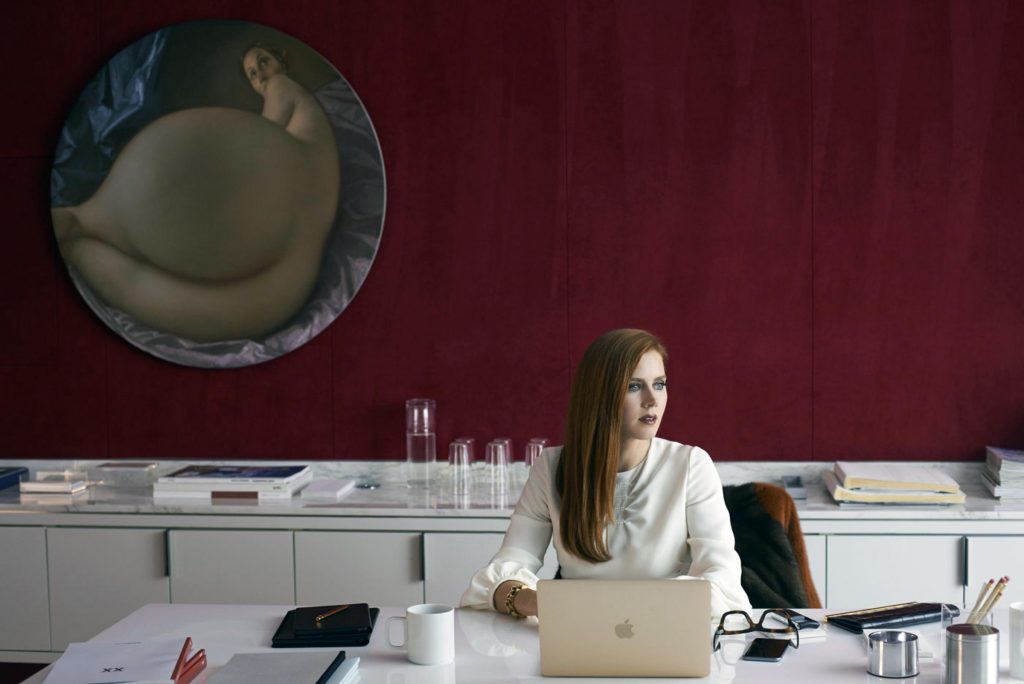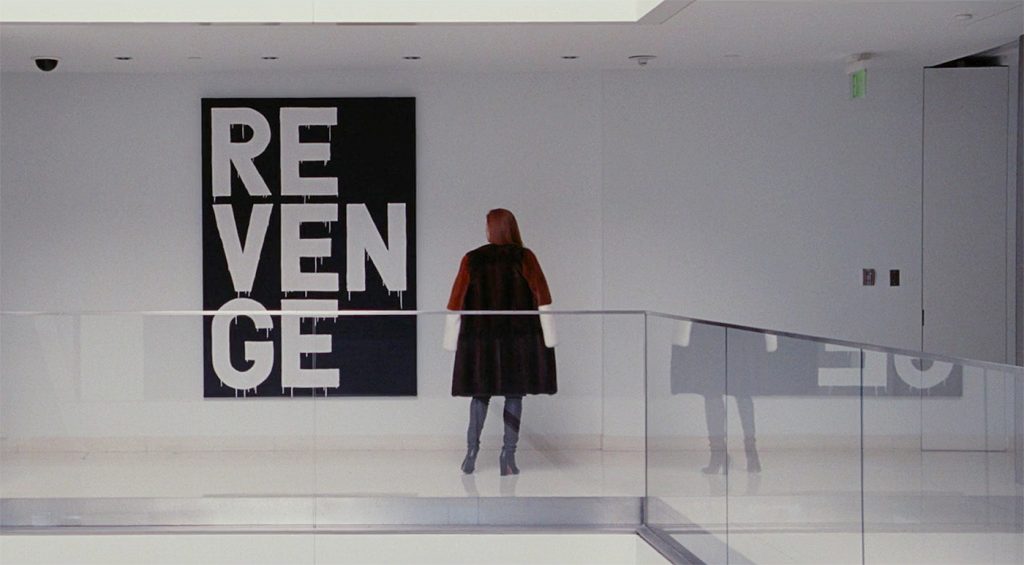Pop Culture
As Seen on ‘Nocturnal Animals’: A Gallery of Works That Blur Art and Life
The artworks in the Tom Ford film reflected the emotions of the characters as much as an art-world hauteur.

The story of Tom Ford’s award-winning 2016 psychological thriller Nocturnal Animals begins when gallery owner Susan Morrow (played by Amy Adams) receives the manuscript of a novel written by her estranged ex-husband Tony (Jake Gyllenhaal). Initially disinterested, Susan slowly gets sucked into the book, which follows a man seeking revenge.
As a gallery owner, Susan constantly finds herself surrounded by art. Some works, like Jeff Koons’s Balloon Dog or Alexander Calder’s Snow Flurry, were specifically written into the screenplay by screenwriter Austin Wright to communicate Susan’s emotions, if not an art-world posture. The former conveys the hollowness of her private life, while the latter hints at her detachment from her previous relationship.
Ford and Wright not only use art to tell the viewer how Susan is feeling, but also to show how she views the world. Just as she projects herself into Tony’s novel, with him avenging her death, so too does her gallery begin to reflect that fictional world.

Amy Adams in Nocturnal Animals (2016). Photo: Screen grab.
Most telling is a black-and-white painting with Christopher Wool-esque stacked letters spelling “REVENGE,” in front of which Susan pauses. And as production designer Tony Valentino told Vice, “It was not an accident that the house Tony walks up to from the highway after his family was taken from him looks like a John Divola photo, or the standoff between Ray and Tony at the end looks like a Richard Misrach photo.”
Misrach’s photo, Desert Fires #153, shows a man pointing a gun at another man who merely smiles at the camera. His eased expression contrasts with the threat of the weapon and the fire raging in the background, establishing a tension that is also present in Tony’s novel, which itself culminates in a showdown not unlike the one seen in the photo. The work, of course, also hangs in Susan’s gallery.

Amy Adams in Nocturnal Animals (2016). Photo courtesy of Focus Features.
Some of the art seen in Nocturnal Animals, like the “REVENGE” canvas and the video installation in the opening sequence, was created specifically for the film. Other works were borrowed from private collections or individual artists, including Tony Smith, Joan Mitchell, Robert Polidori, Jack Pierson, Sterling Ruby, Robert Longo, and Ed Ruscha. John Currin sent Valentino’s team a high-resolution digital file of his painting Nude in Convex Mirror, which can be seen hanging behind Morrow’s desk, on the condition they send it back for destruction after filming.
“The one work we couldn’t get was Ellsworth Kelly’s Red Curve,” Valentino said. “We actually had the painting in our possession, part of [Ford’s] personal collection, but we were having difficulty getting permission from Ellsworth to use it in the film.” Though they wanted to display it next to Nude in Convex Mirror, they did not hear from the artist until after the scene had already been shot. In its place, the team ended up using another Misrach photograph, Portrait of Agostino.
As Seen On explores the paintings and sculptures that have made it to the big and small screens—from a Bond villain’s heisted canvas to the Sopranos’ taste for Renaissance artworks. More than just set decor, these visual works play pivotal roles in on-screen narratives, when not stealing the show.





